Cloud-Native Security: How to Secure Kubernetes & Serverless Apps
Introduction As DevOps continues to evolve, the adoption of cloud-native technologies like Kubernetes and serverless computing has skyrocketed. While these technologies offer scalability, flexibility, and efficiency, they also introduce new security challenges. Traditional security approaches fail to address the dynamic and ephemeral nature of cloud-native environments, making Cloud-Native Security a crucial topic for DevOps professionals. This blog post will provide a comprehensive guide on cloud-native security, focusing on how to secure Kubernetes clusters and serverless applications effectively. What is Cloud-Native Security? Cloud-native security refers to the practices, tools, and strategies designed to secure applications built on cloud-native architectures. This includes Kubernetes, serverless functions, containers, and microservices. Purpose & Role in DevOps Protects containerized applications from vulnerabilities and runtime threats. Ensures least privilege access for microservices and APIs. Automates security scanning, compliance checks, and policy enforcement. Detects and mitigates misconfigurations, reducing risks in CI/CD pipelines. Integrates seamlessly with DevSecOps workflows, shifting security left in the development lifecycle. How Cloud-Native Security Works Core Components & Architecture Cloud-native security involves several key components: Container Security – Scanning for vulnerabilities in container images and securing runtime environments. Kubernetes Security – Role-based access control (RBAC), network policies, and audit logging. Serverless Security – Monitoring function permissions, securing event triggers, and mitigating cold start attacks. Service Mesh Security – Encrypting inter-service communication using mTLS. Supply Chain Security – Validating artifacts and dependencies in CI/CD pipelines. Observability & Threat Detection – Using security analytics tools like Falco, Sysdig, or Prometheus. Real-World Example Netflix leverages Kubernetes security policies to enforce strict container runtime security. AWS Lambda enforces IAM roles with least privilege access to minimize function exposure. Key Features & Benefits ✅ Zero Trust Security Model – Enforces authentication & least privilege access. ✅ Automated Security Policies – Detects & remediates misconfigurations. ✅ Runtime Threat Detection – Monitors for anomalies in container behavior. ✅ Immutable Infrastructure – Reduces attack surface with ephemeral workloads. ✅ Compliance & Governance – Ensures adherence to NIST, PCI-DSS, SOC2 regulations. Use Cases & Industry Adoption

Introduction
As DevOps continues to evolve, the adoption of cloud-native technologies like Kubernetes and serverless computing has skyrocketed. While these technologies offer scalability, flexibility, and efficiency, they also introduce new security challenges. Traditional security approaches fail to address the dynamic and ephemeral nature of cloud-native environments, making Cloud-Native Security a crucial topic for DevOps professionals.
This blog post will provide a comprehensive guide on cloud-native security, focusing on how to secure Kubernetes clusters and serverless applications effectively.
What is Cloud-Native Security?
Cloud-native security refers to the practices, tools, and strategies designed to secure applications built on cloud-native architectures. This includes Kubernetes, serverless functions, containers, and microservices.
Purpose & Role in DevOps
- Protects containerized applications from vulnerabilities and runtime threats.
- Ensures least privilege access for microservices and APIs.
- Automates security scanning, compliance checks, and policy enforcement.
- Detects and mitigates misconfigurations, reducing risks in CI/CD pipelines.
- Integrates seamlessly with DevSecOps workflows, shifting security left in the development lifecycle.
How Cloud-Native Security Works
Core Components & Architecture
Cloud-native security involves several key components:
- Container Security – Scanning for vulnerabilities in container images and securing runtime environments.
- Kubernetes Security – Role-based access control (RBAC), network policies, and audit logging.
- Serverless Security – Monitoring function permissions, securing event triggers, and mitigating cold start attacks.
- Service Mesh Security – Encrypting inter-service communication using mTLS.
- Supply Chain Security – Validating artifacts and dependencies in CI/CD pipelines.
- Observability & Threat Detection – Using security analytics tools like Falco, Sysdig, or Prometheus.
Real-World Example
- Netflix leverages Kubernetes security policies to enforce strict container runtime security.
- AWS Lambda enforces IAM roles with least privilege access to minimize function exposure.
Key Features & Benefits
✅ Zero Trust Security Model – Enforces authentication & least privilege access.
✅ Automated Security Policies – Detects & remediates misconfigurations.
✅ Runtime Threat Detection – Monitors for anomalies in container behavior.
✅ Immutable Infrastructure – Reduces attack surface with ephemeral workloads.
✅ Compliance & Governance – Ensures adherence to NIST, PCI-DSS, SOC2 regulations.
Use Cases & Industry Adoption










































































































































































![[The AI Show Episode 143]: ChatGPT Revenue Surge, New AGI Timelines, Amazon’s AI Agent, Claude for Education, Model Context Protocol & LLMs Pass the Turing Test](https://www.marketingaiinstitute.com/hubfs/ep%20143%20cover.png)


















































































































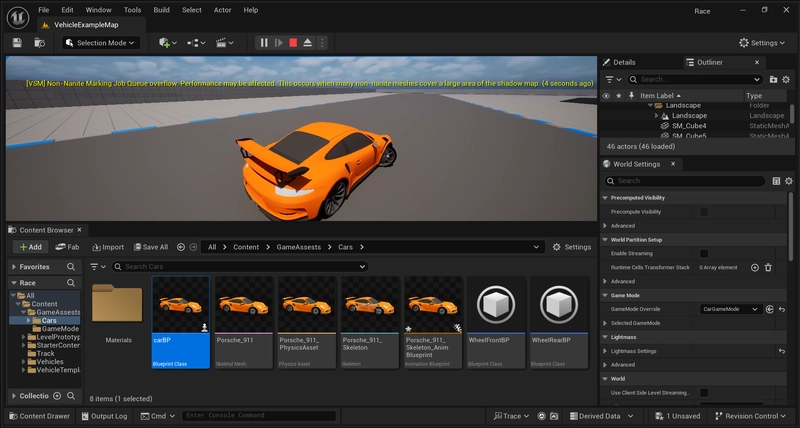





















































































































.png?#)









.png?width=1920&height=1920&fit=bounds&quality=70&format=jpg&auto=webp#)




























.webp?#)



















































































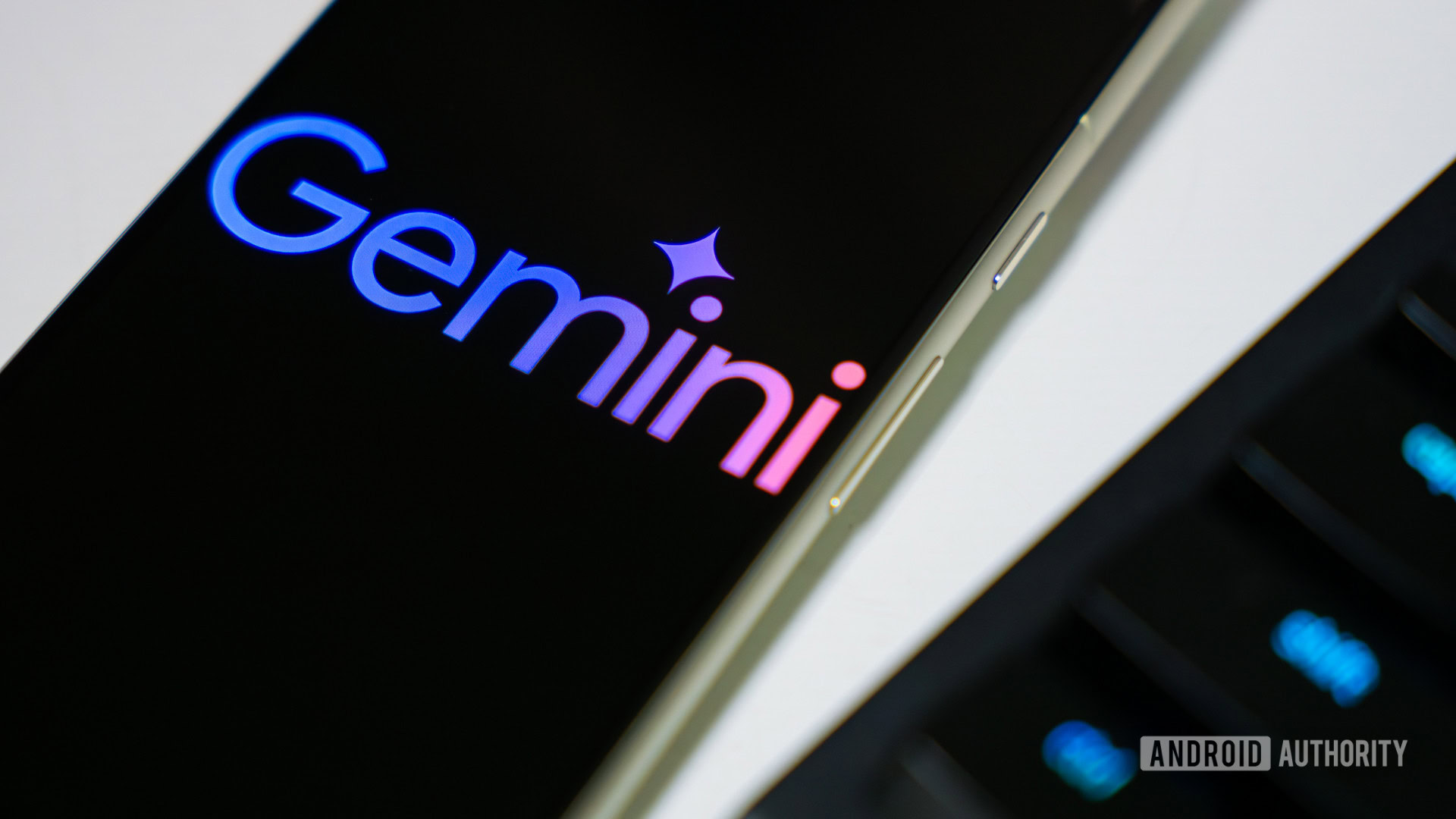
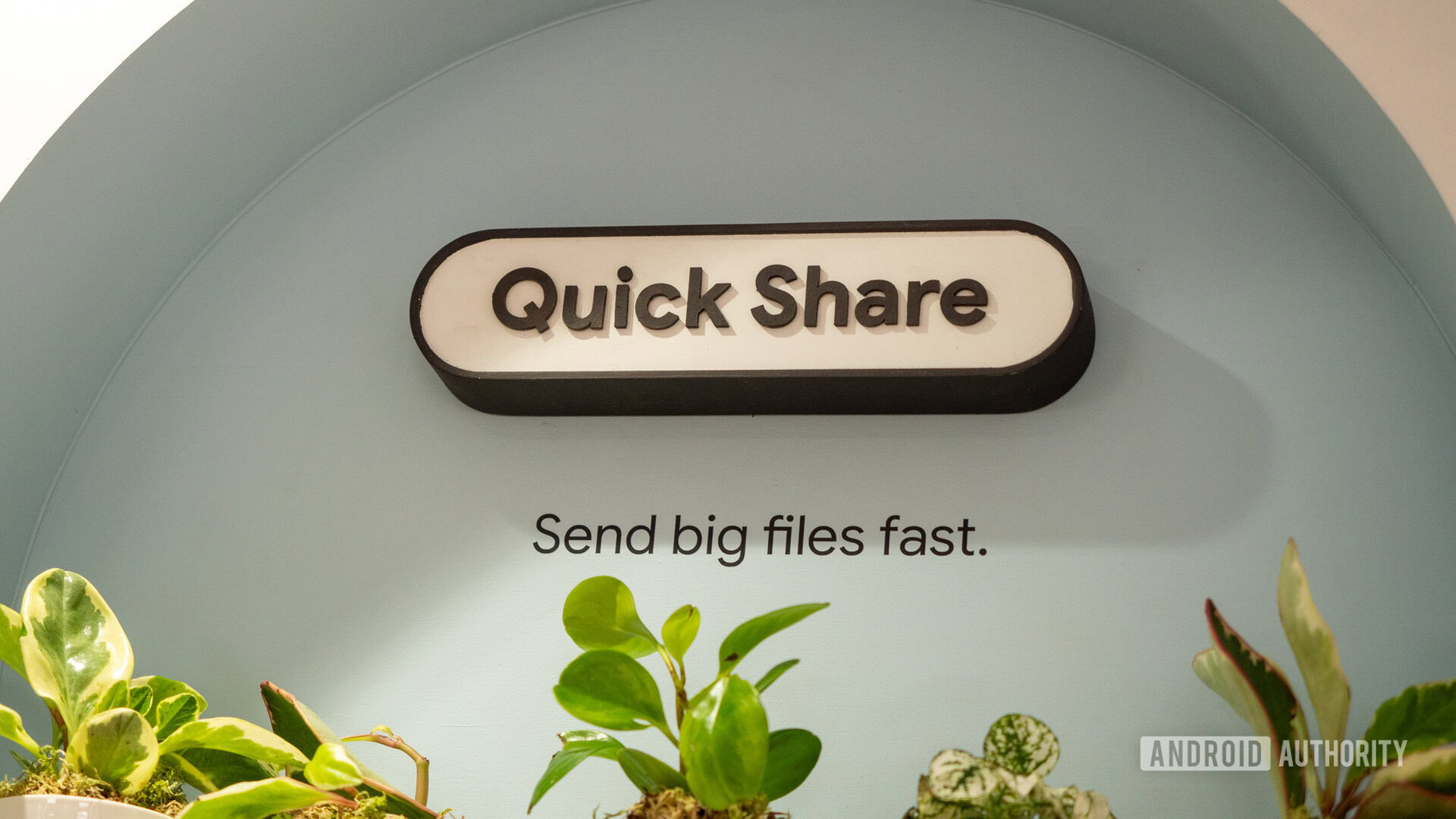

![Leaker vaguely comments on under-screen camera in iPhone Fold [U]](https://i0.wp.com/9to5mac.com/wp-content/uploads/sites/6/2025/04/iPhone-Fold-will-have-Face-ID-embedded-in-the-display-%E2%80%93-leaker.webp?resize=1200%2C628&quality=82&strip=all&ssl=1)




![[Fixed] Gemini app is failing to generate Audio Overviews](https://i0.wp.com/9to5google.com/wp-content/uploads/sites/4/2025/03/Gemini-Audio-Overview-cover.jpg?resize=1200%2C628&quality=82&strip=all&ssl=1)














![Apple Seeds tvOS 18.5 Beta 2 to Developers [Download]](https://www.iclarified.com/images/news/97011/97011/97011-640.jpg)
![Apple Releases macOS Sequoia 15.5 Beta 2 to Developers [Download]](https://www.iclarified.com/images/news/97014/97014/97014-640.jpg)
















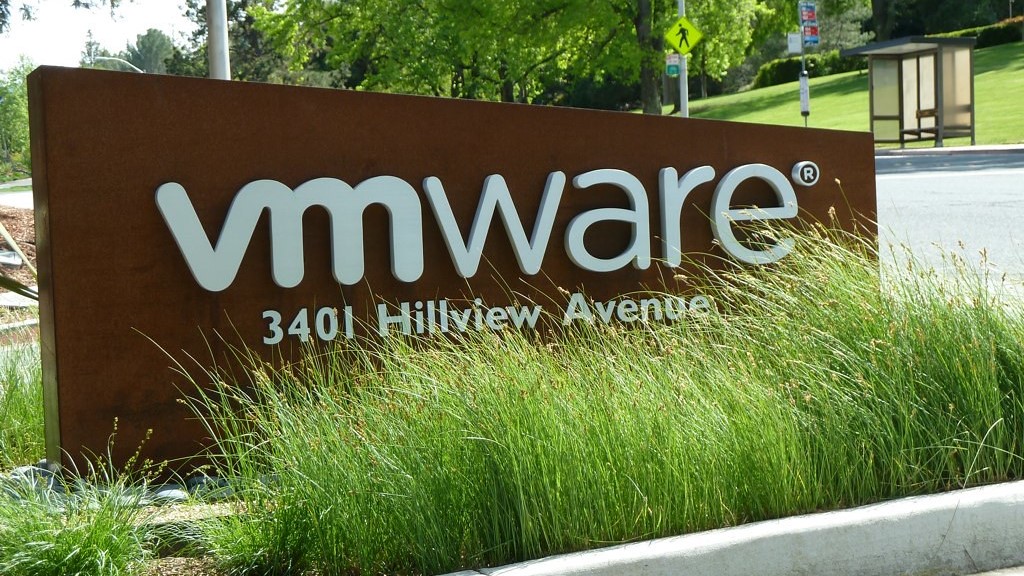





















































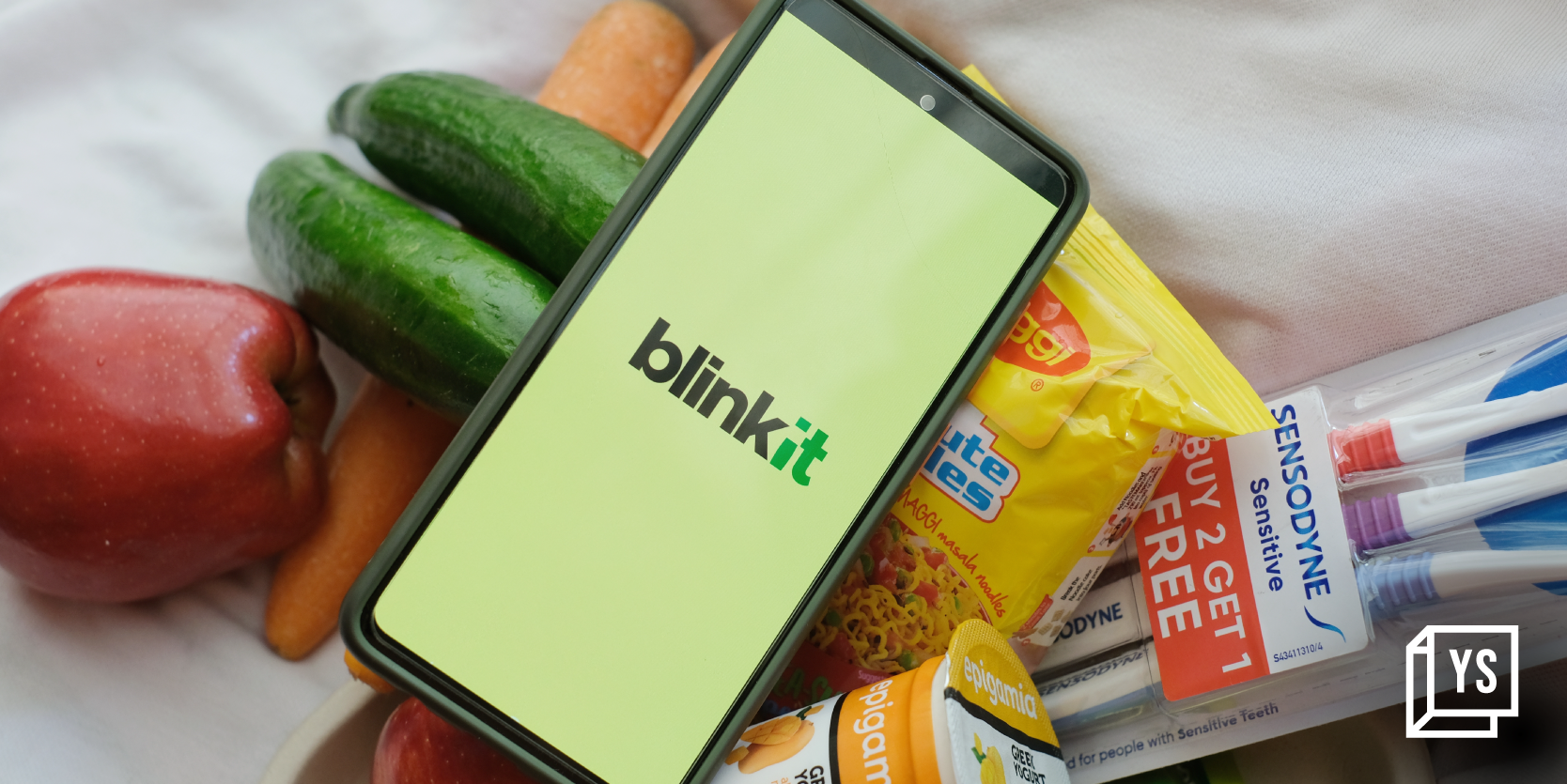






















































![Python File System Guide: 10 Essential Operations with Code Examples [2024]](https://media2.dev.to/dynamic/image/width%3D1000,height%3D500,fit%3Dcover,gravity%3Dauto,format%3Dauto/https:%2F%2Fjsschools.com%2Fimages%2Faf30e84f-6028-4aa4-a36d-07cb12fbd7aa.webp)

